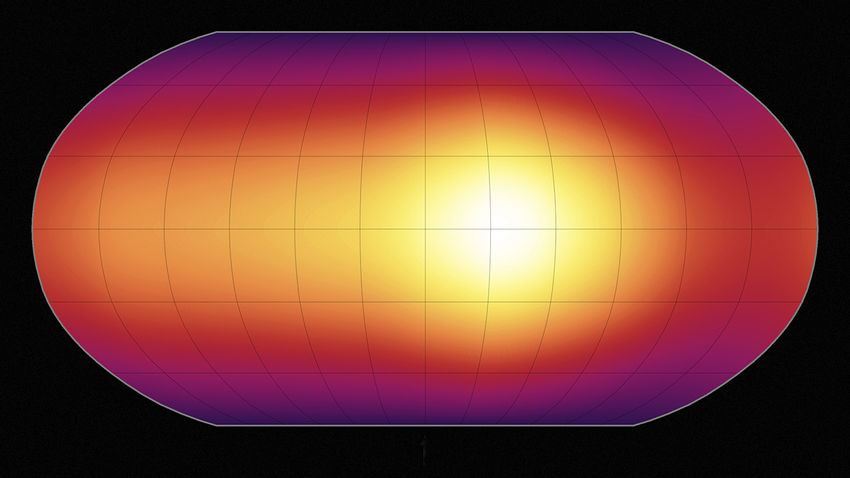
After serving for 16 years, Spitzer, the infrared telescope by NASA is set to retire this week. Over the years, the telescope has helped scientists to understand and go deeper into planets and universe. Launched in 2003, the telescope has helped scientists to investigate about the universe in the infrared wavelength. There have been some remarkable successful missions in these 16yrs. Let us check some of the achievements from this infrared telescope.
SourceImage: sciencemag
Helped to Peer into the Black Depths of Space-
Other telescopes like Hubble and Chandra images visible light and X-Ray wavelengths, Spitzer images in the infrared wavelength. Generally, human eyes are not powerful enough to see infrared radiation, but we do feel the heat. The telescope helps to detect cold objects, including exoplanets. Furthermore, using this telescope, scientists can see things. The device also allows seeing dust clouds, which glows with light.
SourceImage: sciencemag
Staying Cool under the Pressure-
Spitzer was not just important for scientific discoveries but also proved the feasibility of hardware for future telescopes. The electronics and other equipment onboard space telescopes and spacecraft generate heat. During the launch, Spitzer had a supply of helium to act as a coolant, helping to keep the temperature of its components down.
SourceImage: sciencemag
Passing of Infrared Torch-
According to news, the successor of Spitzer is believed to be James Webb Space Telescope. However, there has been a huge delay in its launch, but the progress is made through regular testing. Spitzer also inspired the cooling system of James Webb, designed to cool components using a tennis-court-sized sun shield.
Michael Werner, Spitzer project scientist, based at NASA’s Jet Propulsion Laboratory in Pasadena, California, said, “We have a lot of new questions to ask about the universe because of Spitzer. It’s very gratifying to know there’s such a powerful set of capabilities coming along to follow up on what we’ve been able to start with Spitzer.”
Spitzer is NASA's "Great Observatories": a group of four US satellite telescope helping to measure different kinds of lights. Spitzer is the last one launched.
With this retirement of this innovation, scientists and astronauts will certainly miss its benefits. It is the end of a remarkable mission of scientific exploration and discovery. This innovation helped to identify the entire system of Earth-like planets to peering deep into the dusty recesses of space.
“I’m hoping Spitzer will be remembered as an amazing scientific gift,” said Sean Carey, the manager of the Spitzer Science Center. “It allowed us to transform our understanding of some very important aspects of astronomy. Spitzer has been integral to that.”
One of the major innovations from Spitzer was to put it behind in orbit around the Sun, trailing behind Earth. Both Earth and the Moon are a bright source of infrared light.
SourceImage: sciencemag